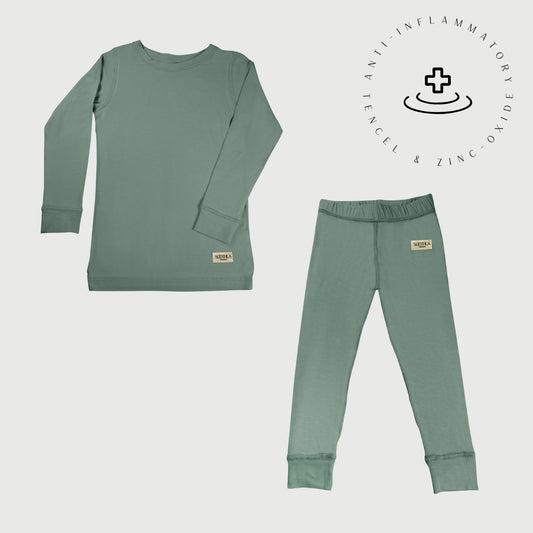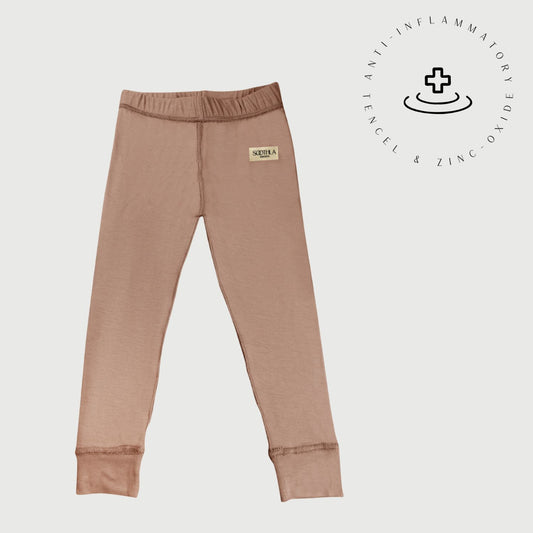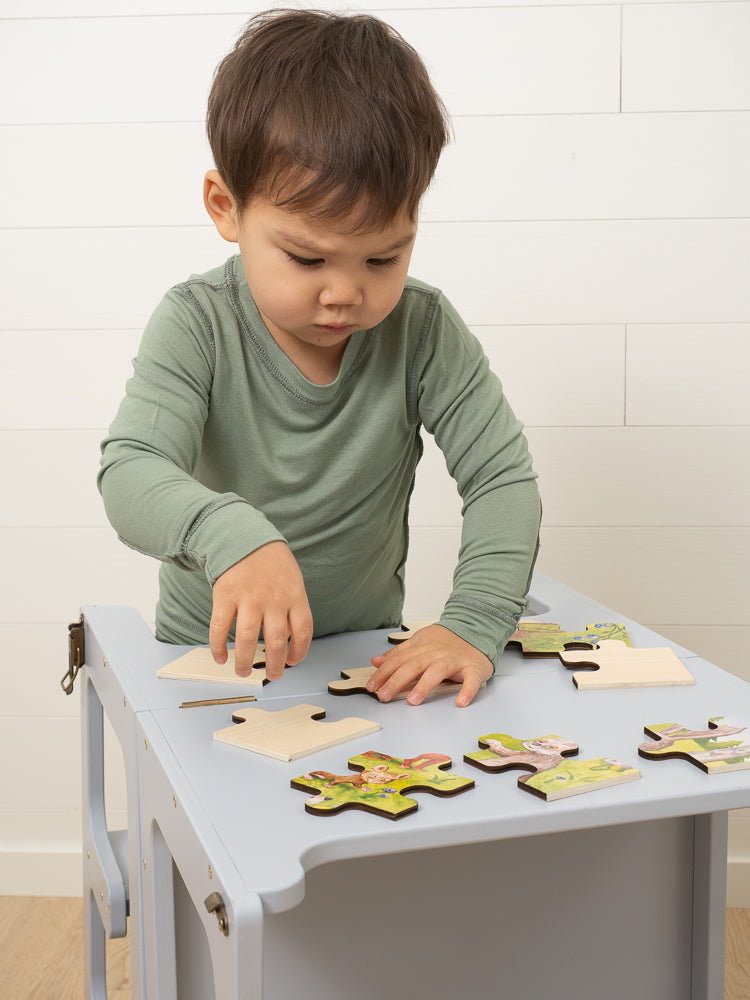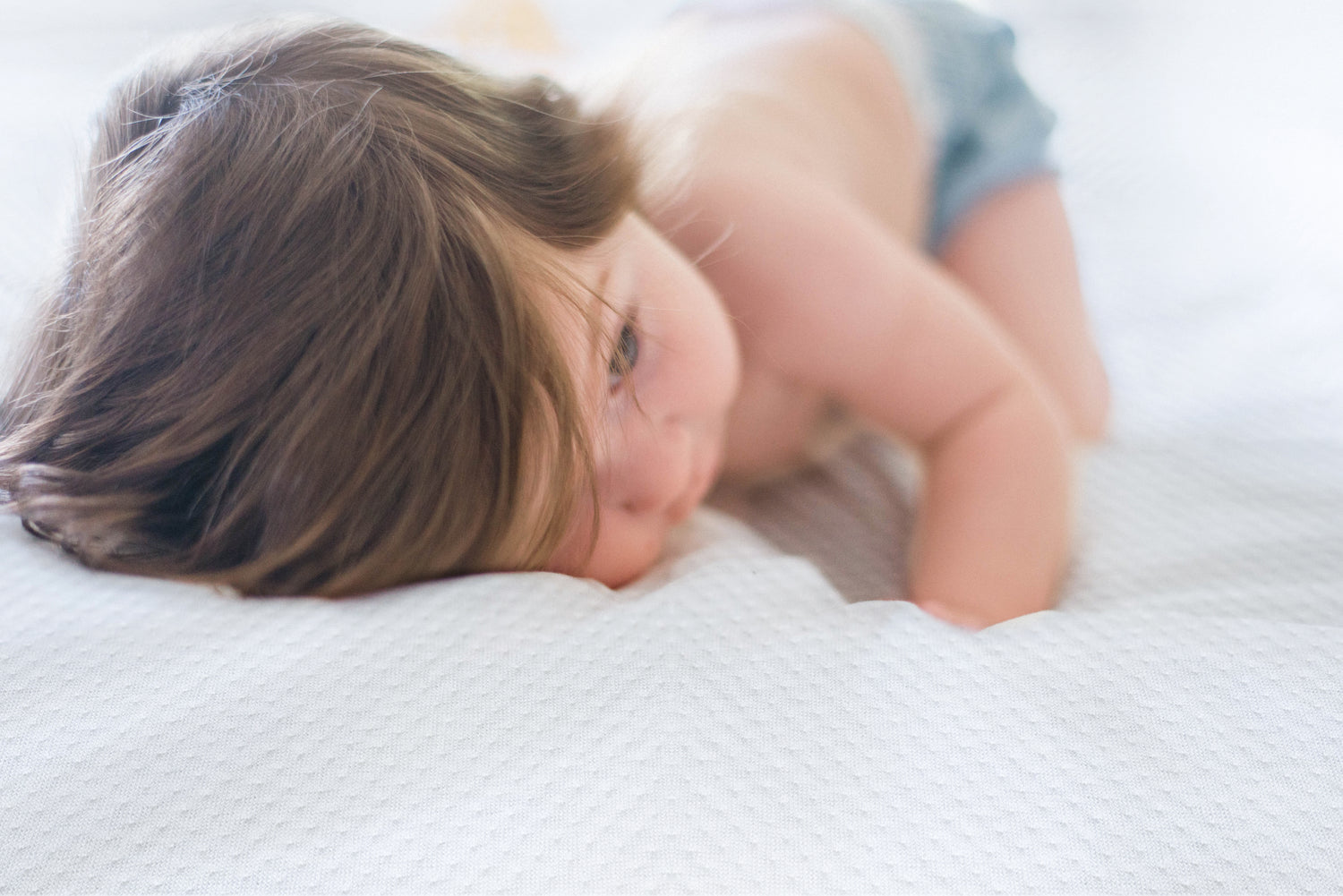Rashes are a common occurrence in children, and can be caused by a variety of factors, including allergies, infections, and environmental factors. While most rashes are harmless and will go away on their own, it is important to be able to identify the different types of rashes and when to seek medical attention.
1. Eczema
Eczema, also known as atopic dermatitis, is a chronic skin condition that causes dry, itchy, and inflamed skin. It is most common in children, but can also affect adults. Eczema can flare up in response to certain triggers, such as stress, harsh soaps, or changes in temperature.
Symptoms:
- Dry, itchy skin [what does eczema look like on children]
- Red, inflamed skin
- Small, raised bumps
- Thickened, cracked skin
Treatment:
Treatment for eczema typically focuses on moisturizing the skin and reducing inflammation. This may include using over-the-counter or prescription creams, ointments, or wet wraps. In some cases, oral medications may also be prescribed.
2. Diaper rash
Diaper rash is a common skin irritation that occurs in babies and toddlers who wear diapers. It is caused by the combination of moisture, heat, and friction.
Symptoms:
- Red, irritated skin [baby diaper rash pictures]
- Small, raised bumps
- Shiny, cracked skin
- Your baby may seem fussy or uncomfortable
Treatment:
The best way to prevent diaper rash is to keep your baby's skin clean and dry. Change diapers frequently, and use a barrier cream to protect the skin. If your baby does develop a diaper rash, there are a number of over-the-counter treatments that can help.
3. Impetigo
Impetigo is a contagious skin infection caused by bacteria. It is most common in children, but can also affect adults. Impetigo typically appears as small, red sores that develop into pustules (blisters filled with pus).
Symptoms:
- Small, red sores [impetigo rash on child]
- Pustules (blisters filled with pus)
- Sores that may crust over
- The sores may be painful or itchy
Treatment:
Impetigo is usually treated with antibiotics, which can be taken orally or applied to the skin. In some cases, draining the pustules may also be necessary.
4. Hand, foot, and mouth disease
Hand, foot, and mouth disease is a common viral infection that causes fever, mouth sores, and a rash on the hands and feet. It is most common in children under 5 years old.
Symptoms:
- Fever [hand foot and mouth disease symptoms in toddlers]
- Sore throat
- Mouth sores
- Rash on the hands and feet
- The rash may be flat or raised, and may be red or blister-like
Treatment:
There is no specific treatment for hand, foot, and mouth disease. Most children will recover within a week or two. Treatment focuses on relieving symptoms, such as fever and pain.
5. Hives
Hives are raised, itchy welts that can appear anywhere on the body. They are caused by a histamine reaction, which can be triggered by a variety of things, such as allergies, medications, or infections. Hives typically go away on their own within a few hours or days.
Symptoms:
- Raised, itchy welts [hives on toddlers face]
- The welts may be red, pink, or white
- The welts may be of different sizes and shapes
- The welts may be swollen
Treatment:
Treatment for hives typically focuses on relieving the itching. This may include over-the-counter antihistamines or cool compresses. In some cases, oral corticosteroids may also be prescribed.
When to seek medical attention
While most rashes are harmless, there are some cases when it is important to seek medical attention. If your child's rash is:
- Severe or widespread
- Accompanied by fever
- Not improving with home treatment
- Causing your child significant discomfort
Disclaimer:
This information is not intended to be a substitute for medical advice. Please consult with your child's doctor if you have any concerns about their rash.







